Phones
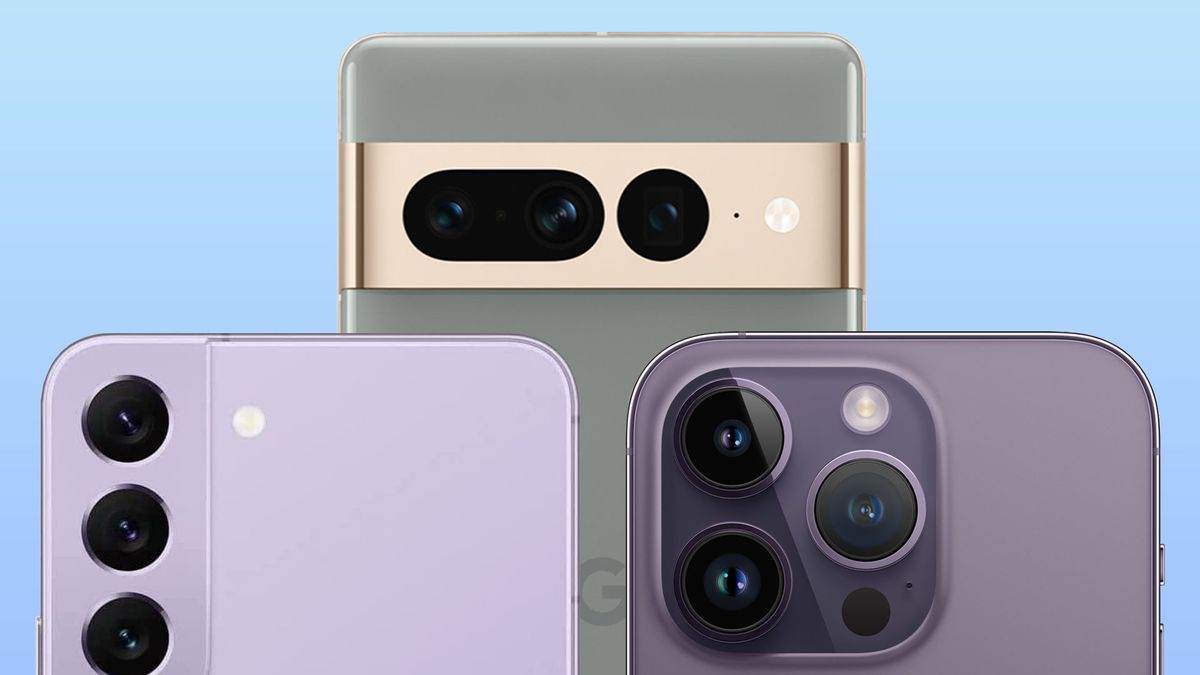
Smartphones are the most personal devices we own, keeping us connected at all times and acting as the heart of our tech lives. We may not spend much time actually speaking on them these days, but we use a phone for virtually everything else.
Smartphones today typically fall into one of two categories: iPhone or Android. iPhones are the most popular smartphones overall and offer entry into the much coveted Apple exosystem, where they can be paired with Apple Watches, iPads, and MacBooks for greater inter-device connectivity.
Android phones, meanwhile, are more numerous combined and often offer higher specs than iPhones on measures such as charging speed and camera quality, while offering integration with a wider variety of devices including Chromebooks and Windows laptops. They also tend to be cheaper.
Our industry-leading phones coverage serves up news, reviews, features and tutorials covering all kinds of devices, from the best smartphones overall to more budget offerings and all points in-between.
Explore Phones
-
Acer Phones
-
Android
-
Asus Phones
-
BlackBerry Phones
-
Google Pixel Phones
-
HTC Phones
-
Honor Phones
-
Huawei Phones
-
LG Phones
-
Microsoft Lumia
-
Motorola Phones
-
Network Providers
-
News about Phones
-
Nokia Phones
-
Nothing Phones
-
OnePlus Phones
-
Oppo Phones
-
Phone Accessories
-
Phone Buying Guides
-
Phone Deals
-
Phone How Tos
-
Phone Reviews
-
Realme Phones
-
Samsung Galaxy Phones
-
Sony Xperia Phones
-
Windows Phone
-
Xiaomi Phones
-
ZTE Phones
-
iOS
-
iPhone
Latest about Phones
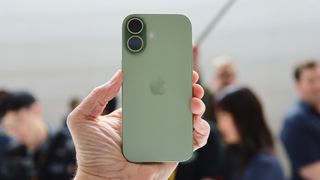
The iPhone 17 was a win, but Apple needs to keep buffing up the base model in 2026
By Jamie Richards published
If Apple wants to keep up with Samsung and Google in terms of mobile hardware, it needs to keep boosting the base model iPhone in 2026.

I’ve tried the best phone cameras in 2025 – here's what the Samsung Galaxy S26 Ultra needs to bring to the table in 2026
By Nirave Gondhia published
There's never been a better time to buy a smartphone camera, and there's never been a better time for Samsung to rethink the Galaxy S26 Ultra.
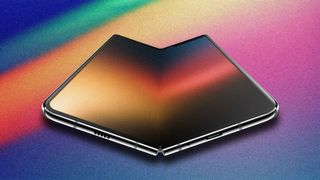
This 3D-printed iPhone Fold mockup might be as close as you can come to holding the real thing
By Lance Ulanoff published
Someone took apparently leaked iPhone Fold CAD plans and turned them into a 3D print.

Google Pixel phones need power and parity to fix a confusing product strategy in 2026
By Jamie Richards published
Google has positioned itself as the software lover’s choice when it comes to flagship phones – but there are some odd gaps between the standard and Pro handsets.

The best Xiaomi phones 2025
By Axel Metz last updated
Updated Our roundup of the best Xiaomi phones features models for every budget, from the Xiaomi 15 Ultra to the Poco X7 Pro.
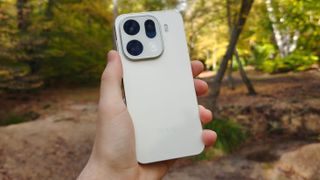
I reviewed the Oppo Find X9 Pro, and it’s the maximized flagship for Android lovers
By Jamie Richards published
The Oppo Find X9 Pro is a maxed-out pro camera phone that will happily wear its inspirations on its sleeve if it means delivering a fantastic flagship experience.

Best Honor phones: the top Honor handsets you should consider
By Axel Metz last updated
Updated Our roundup of the best Honor phones includes models for every budget, from the Honor Magic V5 to the Honor 400 Lite.
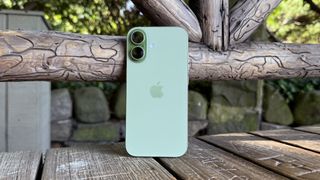
There's more evidence that the iPhone 18 won't appear until March 2027
By David Nield published
We've got some more information on what to expect from Apple's next series of flagship smartphones.
Sign up for breaking news, reviews, opinion, top tech deals, and more.

